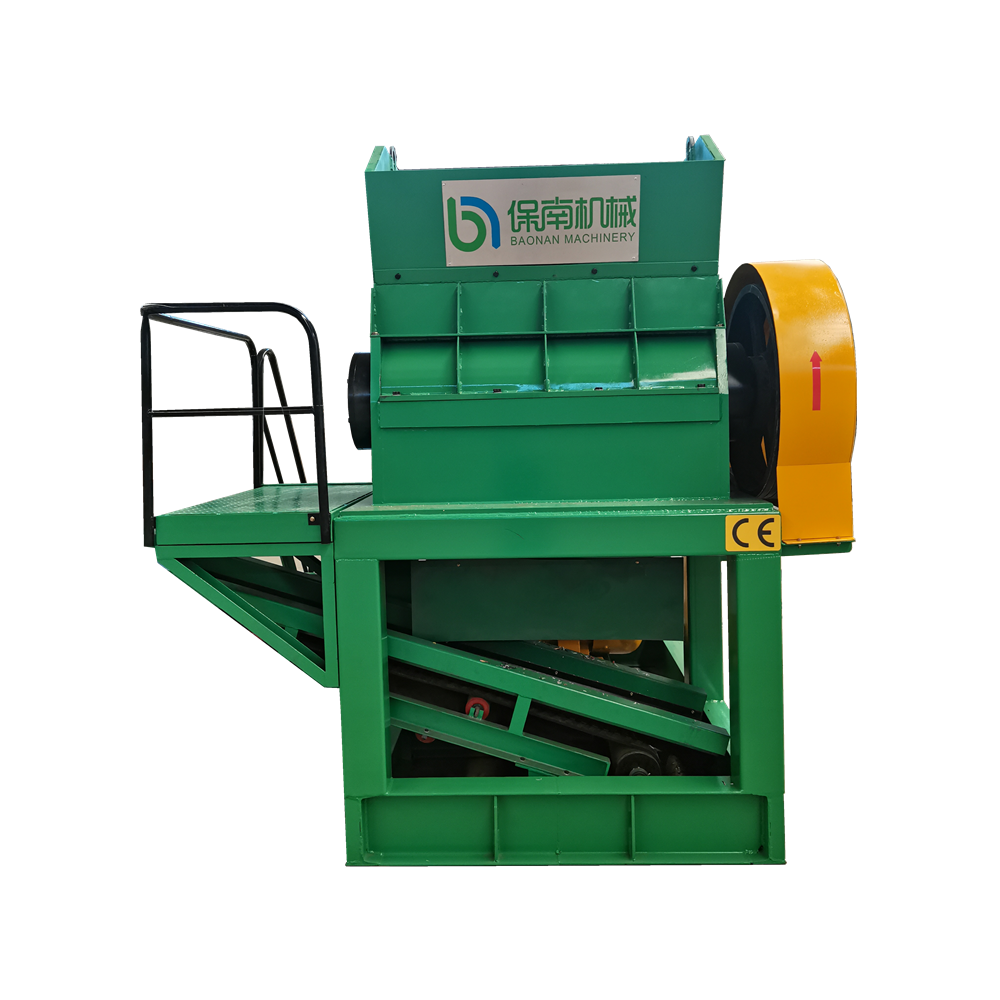

Nov . 04, 2024 11:22 Back to list
Understanding Shredding Machines for Metal An Essential Tool for Recycling
In an era where recycling and waste management have become increasingly important, shredding machines for metal play a crucial role. These machines are not only vital for reducing the volume of metal waste but also for facilitating the recycling process, making them indispensable in industrial and environmental contexts.
Shredding machines for metal are designed to break down large metal pieces into smaller, more manageable sizes. They operate using various mechanical methods, including rotary blades, cutters, and shear technologies, which allow them to tackle different types of metals, from ferrous to non-ferrous materials. The aim is to make metal easier to transport, process, and ultimately recycle.
The Importance of Metal Shredding
Metal shredding is critical for several reasons. Firstly, it helps reduce the environmental footprint of discarded metals. When metals are shredded and recycled, it minimizes the need for new mining operations, which are often environmentally destructive. Shredded metal can easily be melted down and reformed into new products, reducing energy consumption and greenhouse gas emissions compared to producing new metal from virgin ore.
Additionally, shredded metals take up less space in landfills, addressing the increasing concern of waste management. As urban areas grow, the need for effective waste disposal solutions becomes ever more pressing. Shredding machines provide a practical solution by compressing large volumes of metal waste into smaller, denser forms that are easier to handle and transport.
The Functionality and Types of Shredding Machines
Shredding machines vary in size, design, and functionality, depending on the application. Industrial shredders, for instance, are heavy-duty machines that can process large quantities of material quickly. These machines feature powerful motors and robust blades designed to handle tough metals, such as steel and iron.

There are two primary types of shredders used for metal primary shredders and secondary shredders. Primary shredders are the first stage of the shredding process, designed to reduce large items, such as car bodies or scrap metal sheets, into smaller sizes. Secondary shredders follow up by further refining the material, producing even finer chips or shavings suitable for recycling.
The Recycling Process
Once the metal is shredded, it can be processed for recycling. Shredding increases the surface area of the material, allowing for more efficient melting and refining. After the shredding process, magnetic separators can be used to separate ferrous metals from non-ferrous metals, ensuring that different types of metals are sorted correctly. This sorting process is essential, as it allows recyclers to market the processed materials more effectively.
Choosing the Right Shredder
Selecting an appropriate shredding machine for metal depends on several factors, including the type of metal being processed, the volume of material, and the desired output size. Factors such as energy consumption, maintenance requirements, and overall cost should also be considered.
Modern shredders come equipped with advanced technology features, including computer controls and safety mechanisms, allowing for more efficient operation and reduced labor costs.
Conclusion
In conclusion, shredding machines for metal serve as a critical component in the recycling industry. They not only facilitate the effective processing of metal waste but also contribute to more sustainable practices by minimizing the impact on the environment. As the demand for recycling solutions continues to grow, investing in innovative shredding technology will undoubtedly play a vital role in shaping a greener future. Understanding their function and importance helps industries and communities embrace eco-friendly practices, ensuring the responsible management of valuable metal resources.
Latest news
Troubleshooting Common Eddy Separator Problems
NewsJul.04,2025
The Role of Metal Recycling Plants in Circular Economy
NewsJul.04,2025
The Impact of Recycling Line Pickers on Waste Management Costs
NewsJul.04,2025
Safety Features Every Metal Shredder Should Have
NewsJul.04,2025
How Industrial Shredders Improve Waste Management Systems
NewsJul.04,2025
How Cable Granulators Contribute to Sustainable Recycling
NewsJul.04,2025